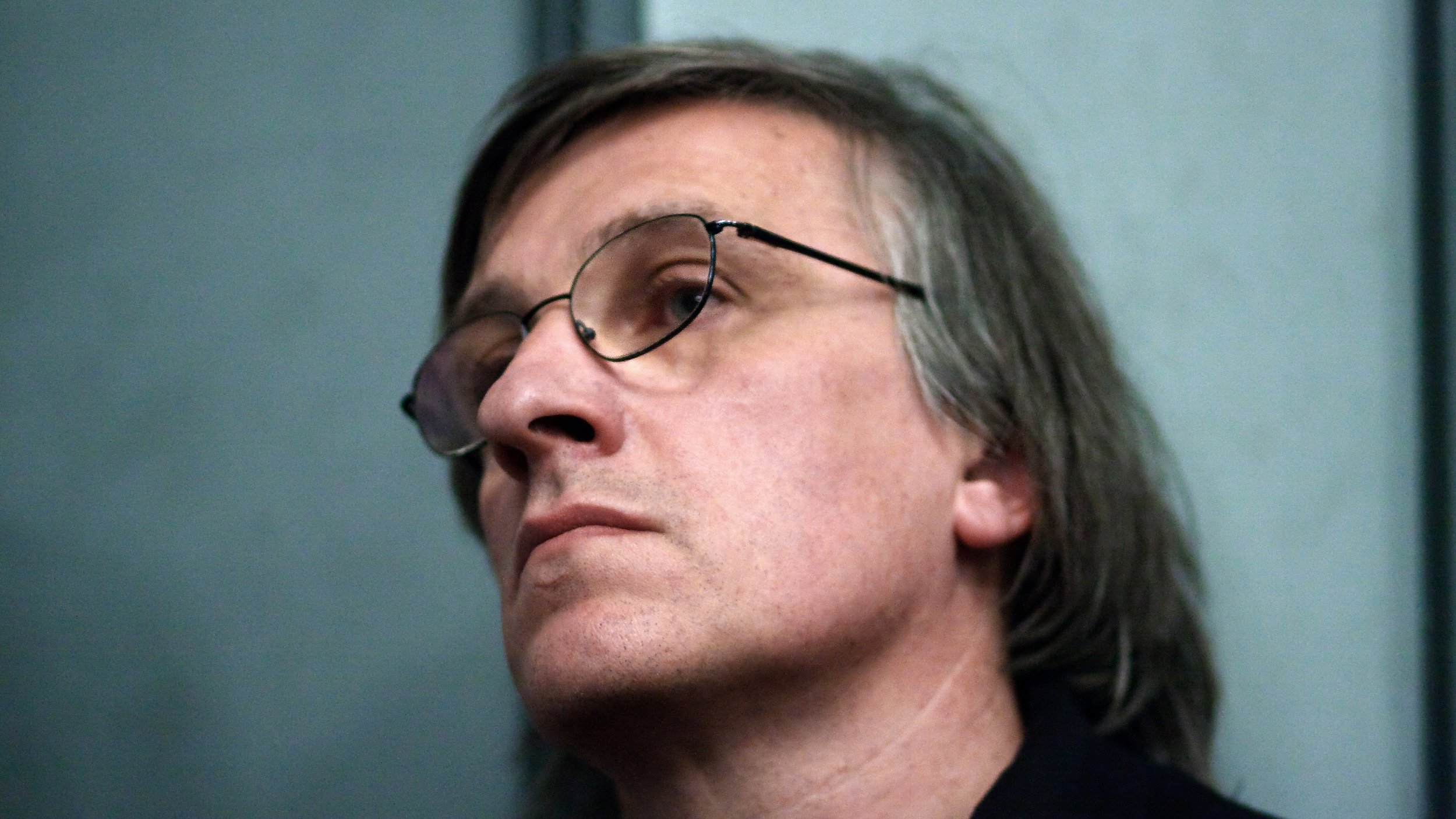
Dmitry Krymov is a distinguished figure in Russian contemporary theatre and art, known for his innovative and multidisciplinary approach.
1. Early Theatre and Set Design Work (1976 onwards): Krymov began his career in set design at the Malaya Bronnaya Theatre. He collaborated with his father, staging plays like Shakespeare's "Othello," "A Month in the Countryside" by Ivan Turgenev, and "The Misanthrope" by Molière. He later worked at the Taganka Theatre, where he designed sets for plays like "The Unwomanly Face of War" by Svetlana Alexievich. By the end of the 1990s, he had a portfolio of over 100 plays staged in Russia and abroad.
2. Transition to Painting (1990s): After the death of his parents, Krymov shifted his focus to painting. He worked as an artist, graphic designer, and made installations. His surrealistic style, reminiscent of Modigliani, gained international acclaim. Notably, he painted a portrait of Pope John Paul II during this period.
3. Return to Theatre and Establishment of Theatre Laboratory (2002 onwards): Krymov returned to theatre in 2002, initially facing criticism for his play "Hamlet." However, he found his stride in the experimental realm, joining the Moscow School of Dramatic Art in 2004 and establishing his Theatre Laboratory. This period saw creations like 'Donkiy Hot,' ‘Demon, Seen from Above,’ and ‘Death of a Giraffe’ – the latter being a particularly celebrated production. His works were acclaimed for their visionary fusion of poetry, music, art, and performance.
4. Experimental Theatre Project at the Russian Academy of Theatre Arts (2008): Krymov was made head of the Experimental Theatre Project, where he produced some of his most celebrated works: 'Opus No.7,' inspired by Shostakovich; 'Death of a Giraffe,' a unique narrative about a giraffe in a circus; and 'Tararabumbiya,' an unorthodox take on Chekhov's characters.
5. Recent Challenges and Recognition (2014-2018): Krymov faced censorship and pressure in his role at the Moscow School of Dramatic Art, leading to his departure in 2018. Despite these challenges, he is a multiple winner of the Golden Mask and other major theater and art awards, attesting to his significant impact on the Russian and international theatre scenes.
Krymov's journey through various artistic disciplines and his ability to blend them in unique and innovative ways make him a notable figure in contemporary art. His upcoming exhibition, "Death of a Giraffe," in collaboration with AI, is likely to reflect this rich tapestry of experiences and styles, promising an intriguing and potentially groundbreaking artistic event.
